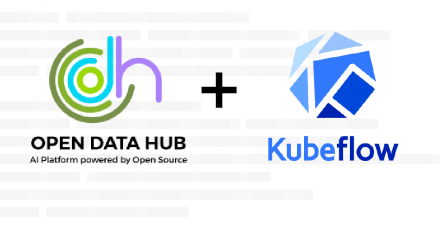
Open Data Hub 1.1.0 provides new JupyterHub capabilities and more
Learn about Open Data Hub 1.1.0 and its new JupyterHub capabilities and improved user experience, including customizable parameters, dashboard and interface.

Learn about Open Data Hub 1.1.0 and its new JupyterHub capabilities and improved user experience, including customizable parameters, dashboard and interface.
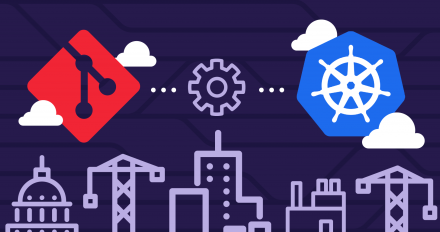
Improve deployment processes and outcomes by applying machine learning in each phase of the GitOps life cycle. Automate your infrastructure with Red Hat.

Read more about the 2021 Red Hat Summit breakout session talk Modern Fortune Teller highlighting using GitOps on RedHat OpenShift applications.
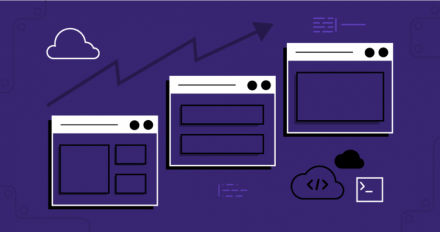
No matter where you are in your software development career, from just starting, to re-training, to expert-level but needing a brush-up, the Red Hat Developer program can help with tutorials and learning.
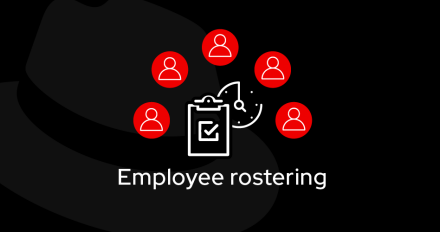
Learn how to implement employee duty rostering via Red Hat Business Optimizer. This Decision Manager component optimizes planning and solves schedule problems.
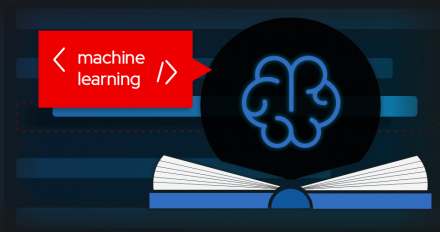
Learn to install Kubeflow on OpenShift using the Open Data Hub Operator. You can fork, modify, and update the example Kubeflow toolkit to fit your needs.
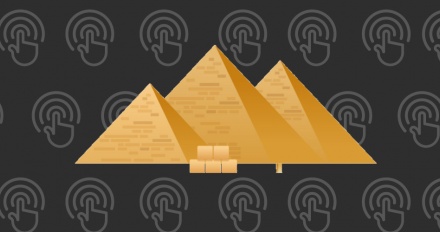
Take a closer look at the practice of using editable dependencies, and the issues --editable can introduce for data scientists using Project Thoth.
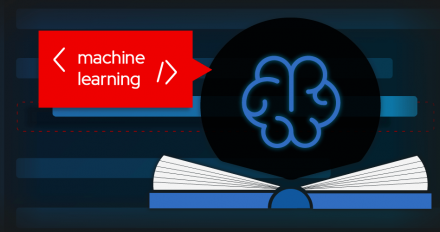
Delve into the basics of machine learning using our Jupyter notebook tutorial. We explain notebook concepts and workflow by building a machine learning model.
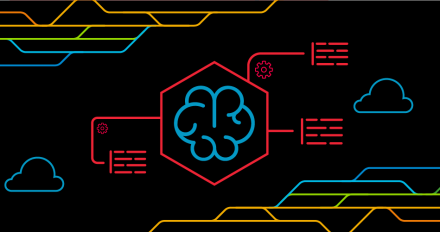
Explore different data visualization methods that can help you better understand your data and improve your machine learning models.

Learn how knowledge graphs can help you address vulnerabilities in open source software dependencies quickly and efficiently.
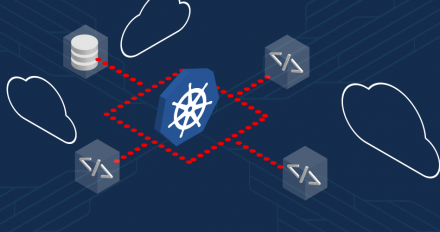
Learn eight basic Kubernetes configuration patterns and antipatterns for configuring your applications running on Kubernetes.
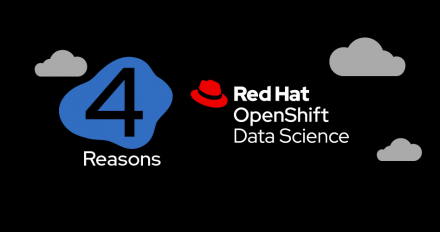
Get an overview of Red Hat OpenShift Data Science and discover the benefits of the new managed cloud service for developing your machine learning projects.
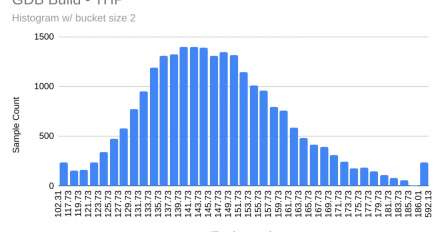
Compare Linux virtual machine performance using transparent huge pages versus 1GiB static huge pages in the Linux kernel.
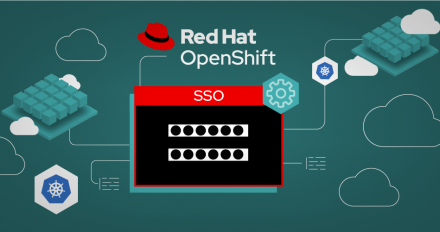
Follow the instructions in this article to quickly connect a Red Hat single sign-on technology client with a Red Hat Data Grid server on Red Hat OpenShift.
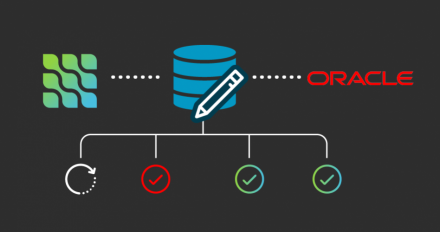
Streaming Oracle database events to Apache Kafka clusters is easy with the new Debezium connectors from Red Hat Integration.
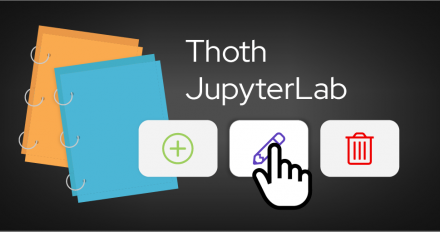
Use the Thoth Jupyterlab extension to manage Python dependencies in your JupyterLab notebooks and ensure that your code and experiments are reproducible.
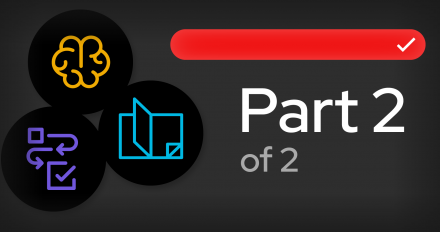
Combine the machine learning logic you developed in Part 1 with a human-readable knowledge context. The end result is an "AI-augmented" decision model.
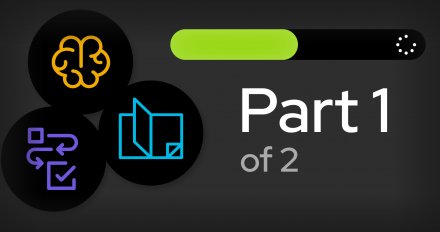
Learn how to use Red Hat Decision Manager to create your own machine learning model that blends the domains of knowledge enginering and machine learning.
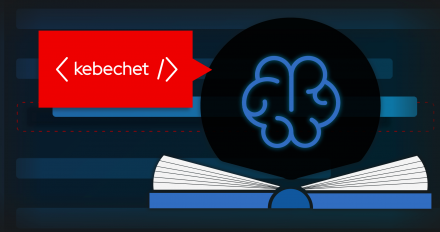
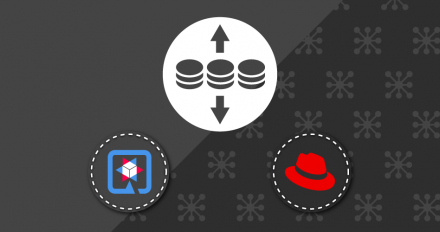
Use Quarkus to integrate two clustered, embedded Red Hat Data Grid caches and deploy them to Red Hat OpenShift Container Platform.
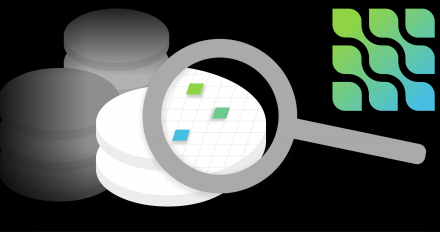
Debezium makes it easy to capture database changes and record them in Kafka, now learn how to serialize MySQL change events with Apicurio Registry and Avro.
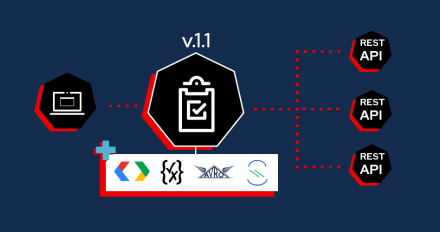
Find out what's new in Red Hat Integration's Apicurio-based Service Registry 1.1, which includes expanded storage options and new development features.
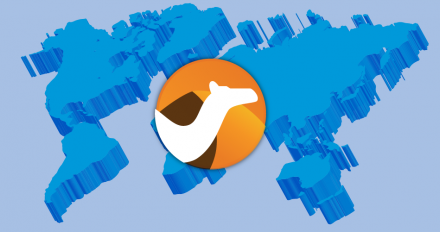
Learn how to use Camel K and GeoJSON to create a workflow that aggregates and transforms spatial data from different sources.
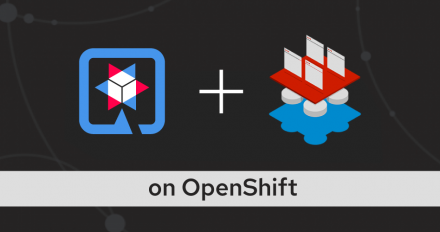
Learn how to configure a Quarkus application with Red Hat Data Grid and deploy it on Red Hat OpenShift with Data Grid 8.1's new security features.
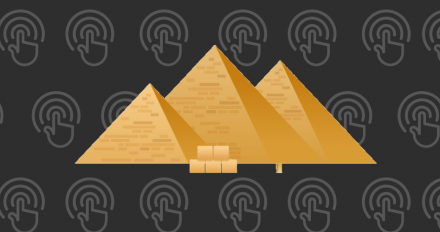
Learn how Thoth gathers and analyzes data to create advice through a case study about a recent runtime issue inspection when importing TensorFlow 2.1.0.